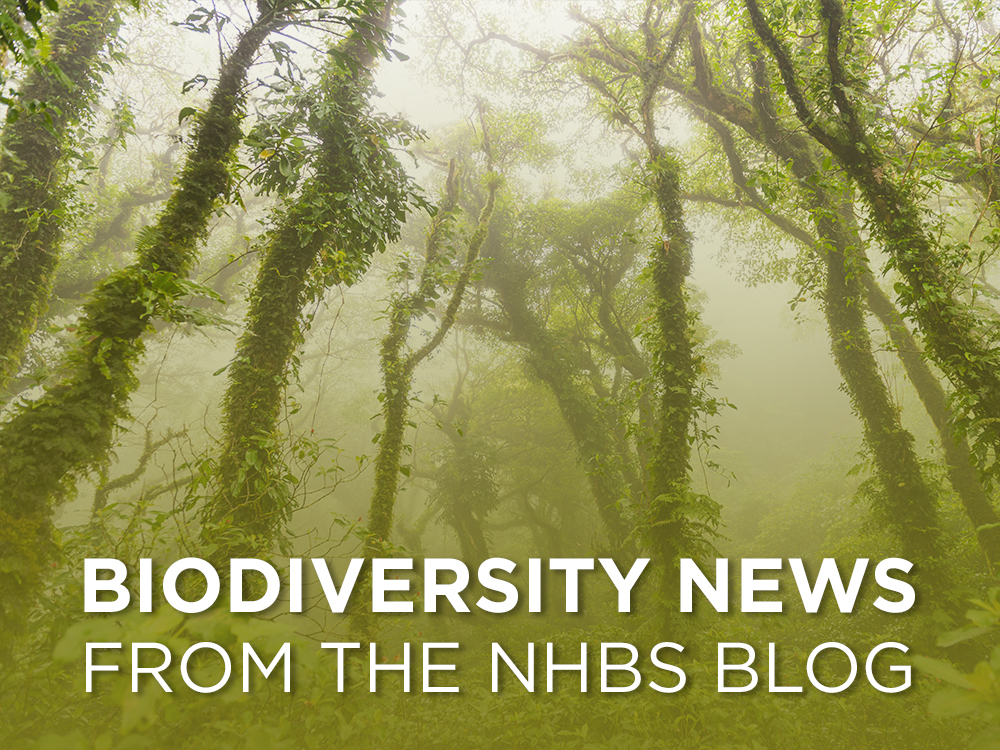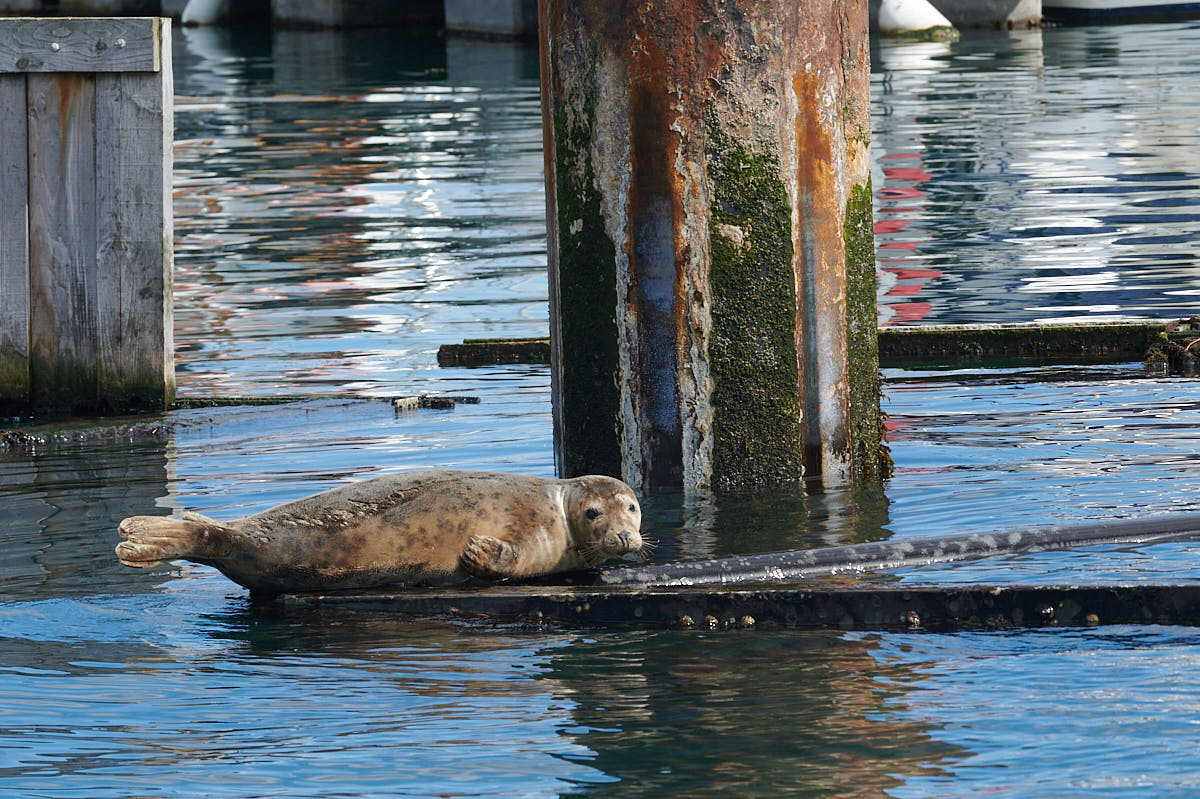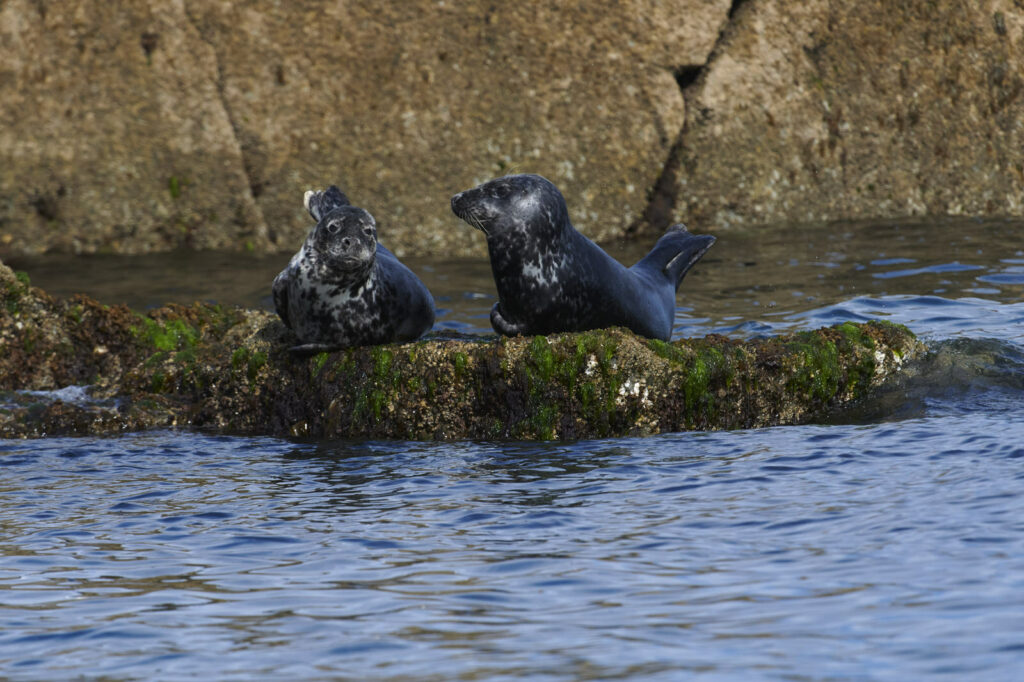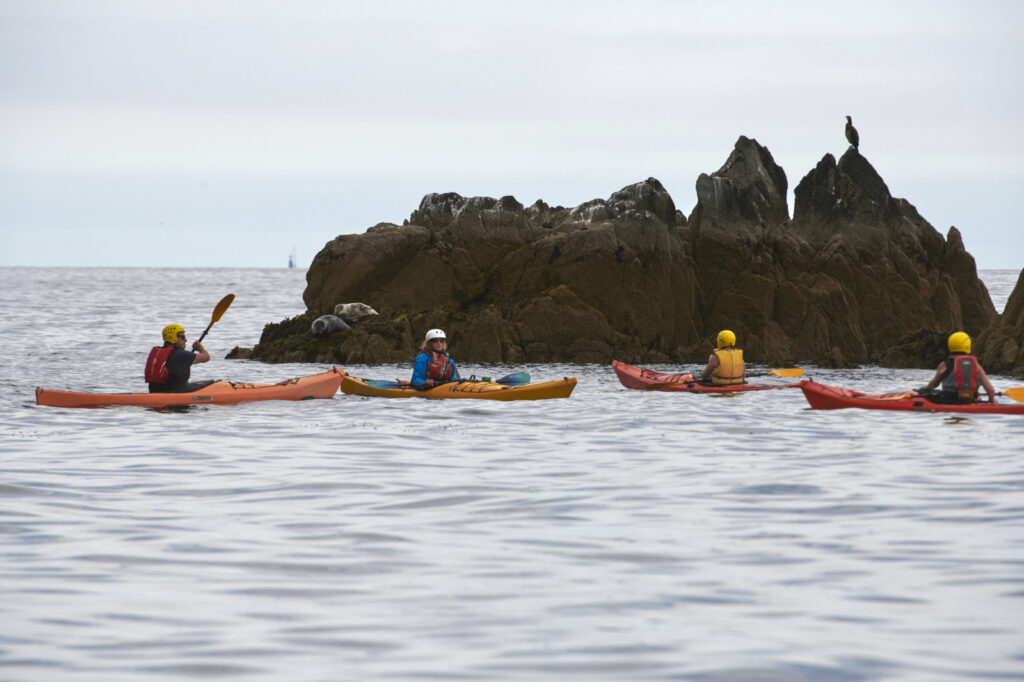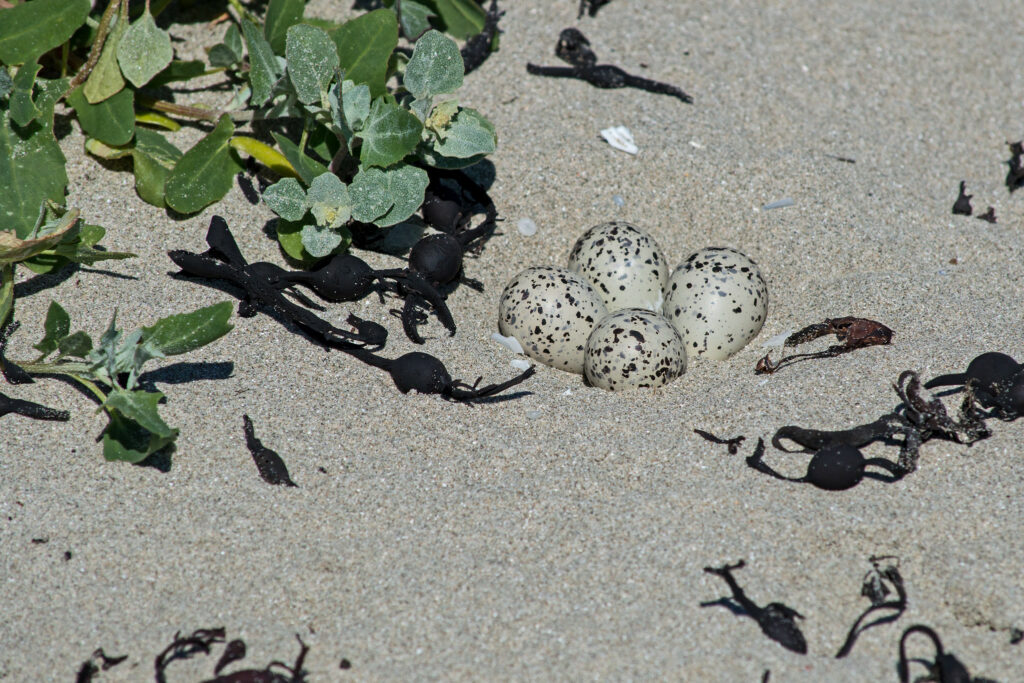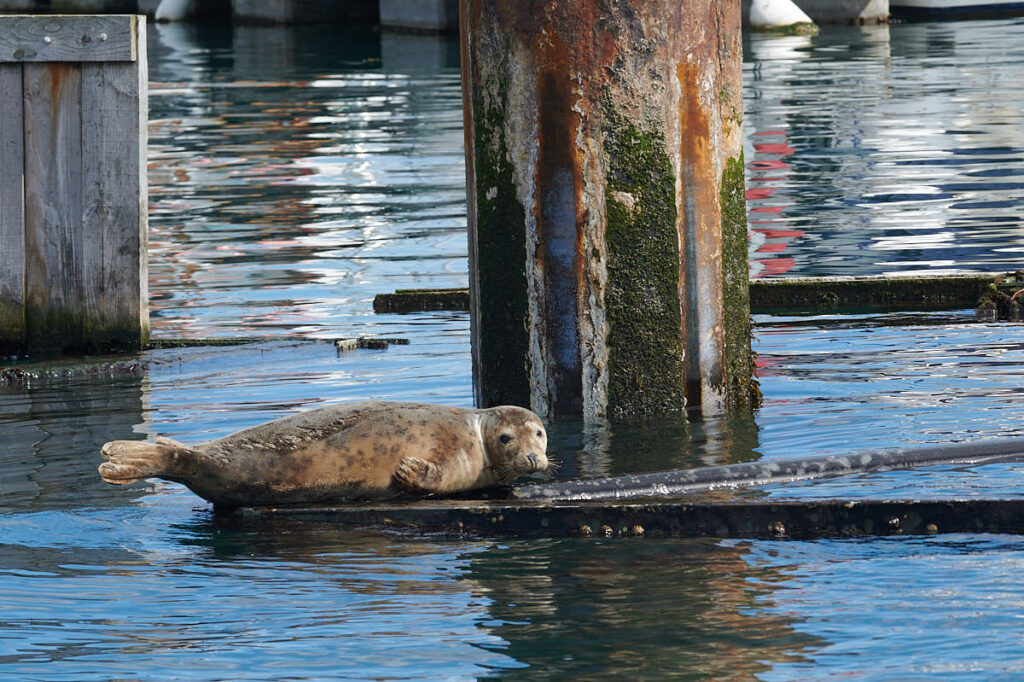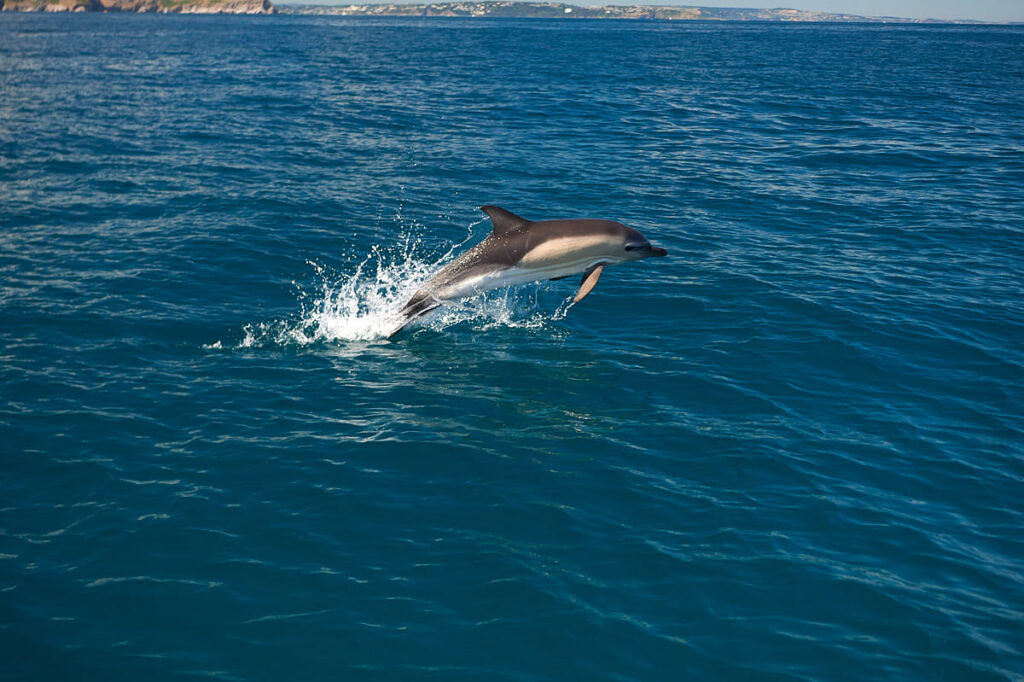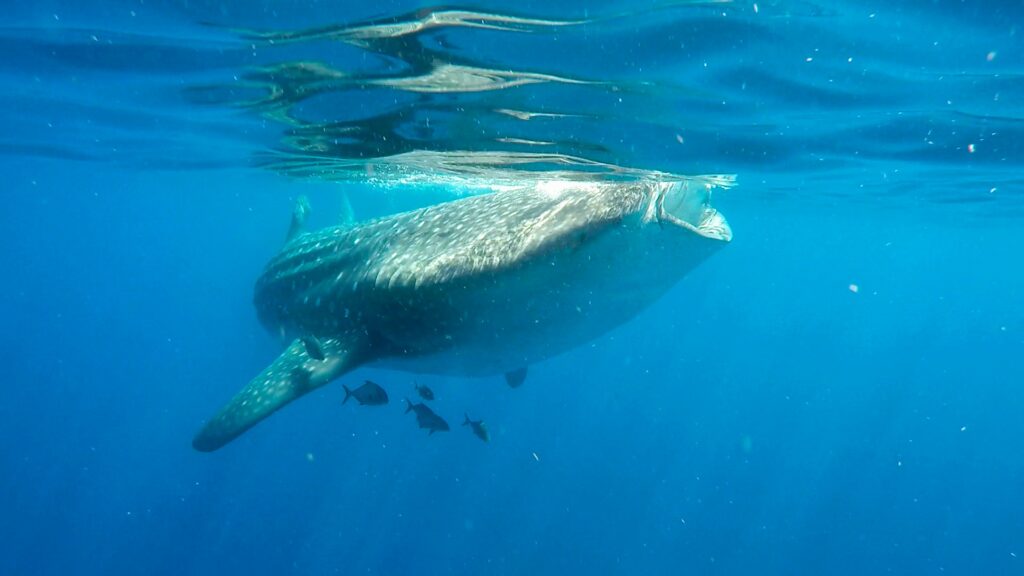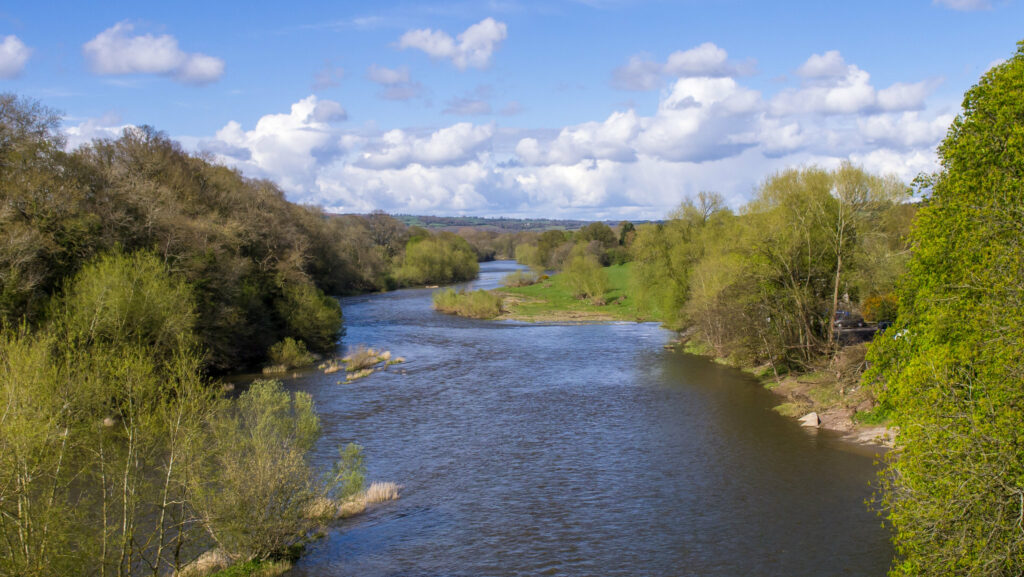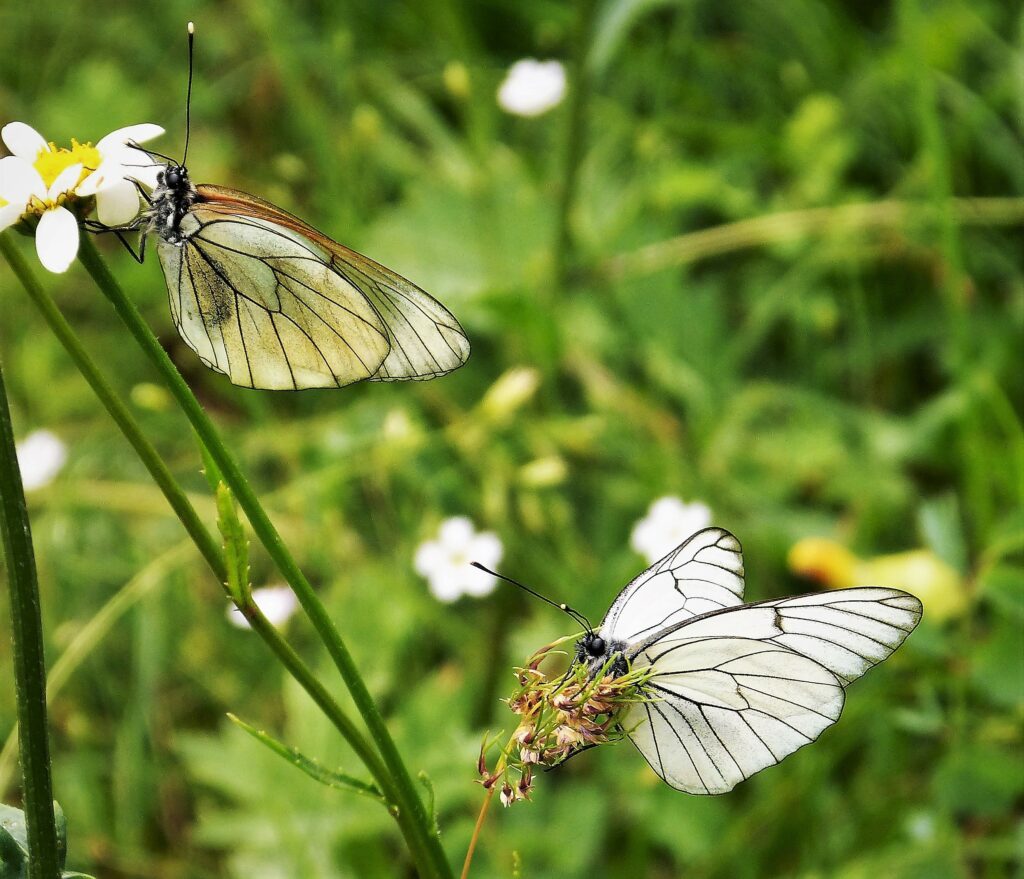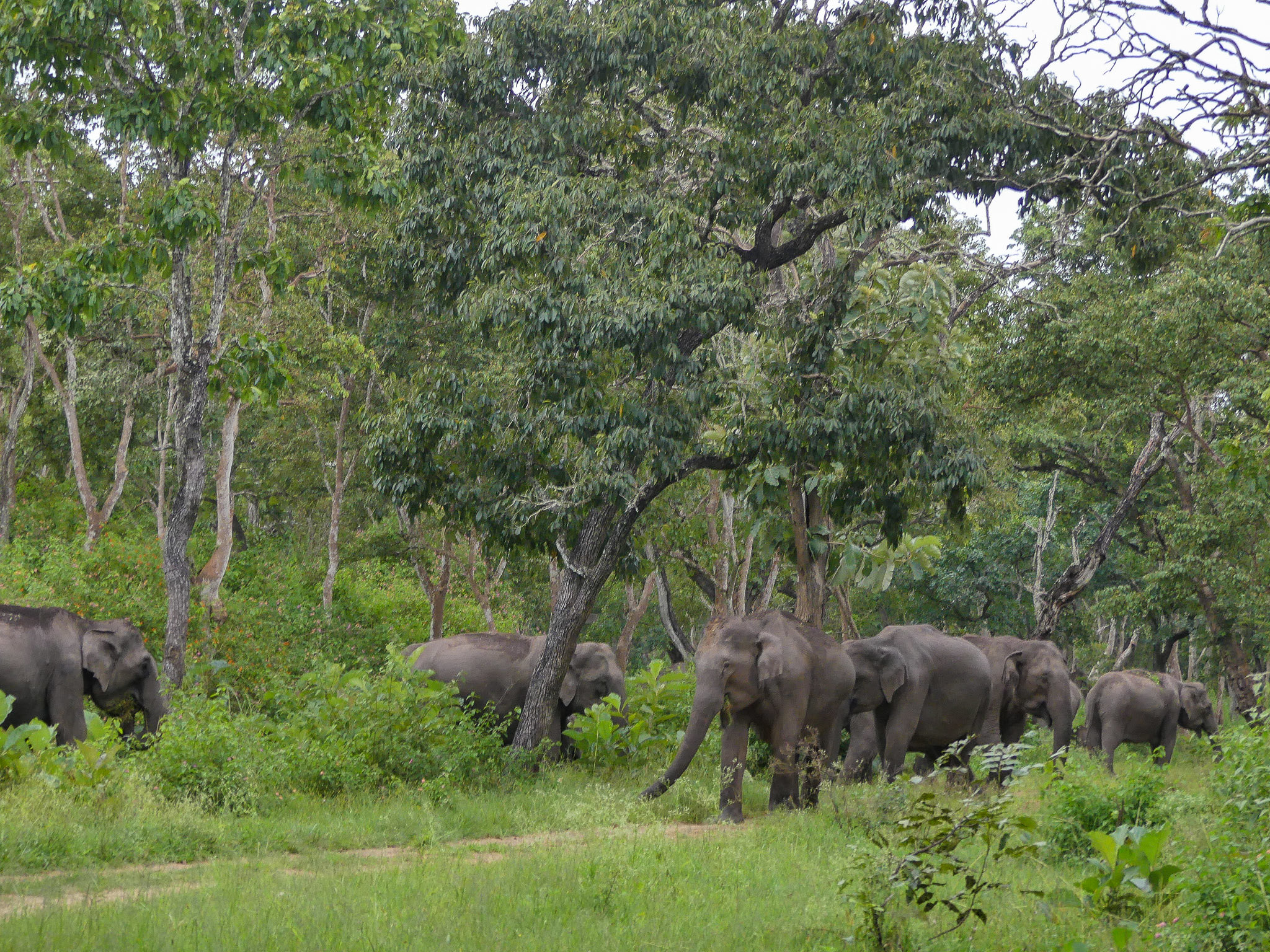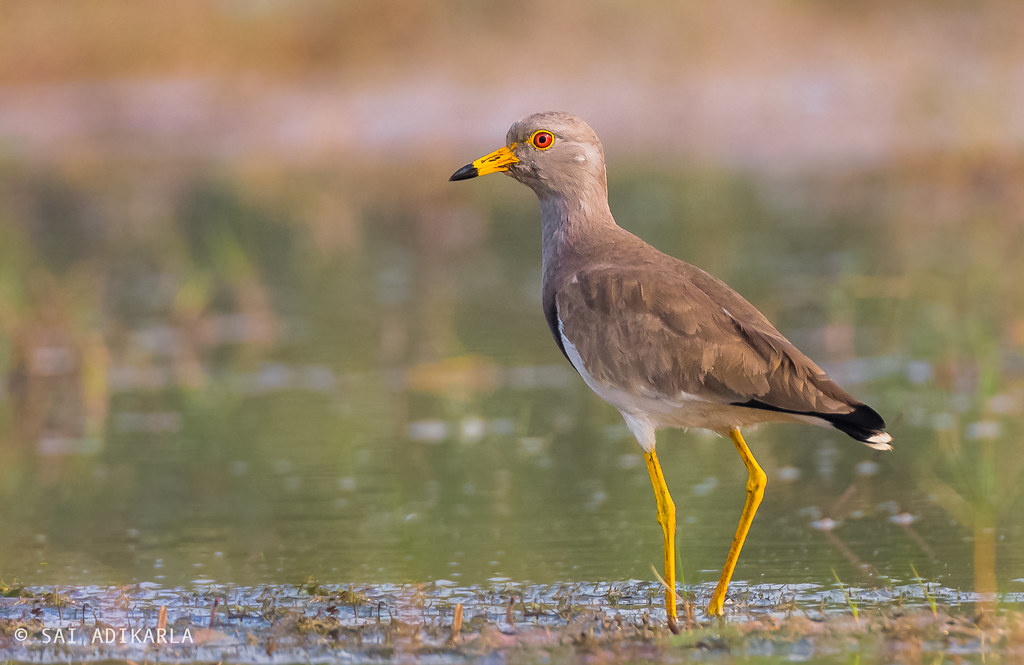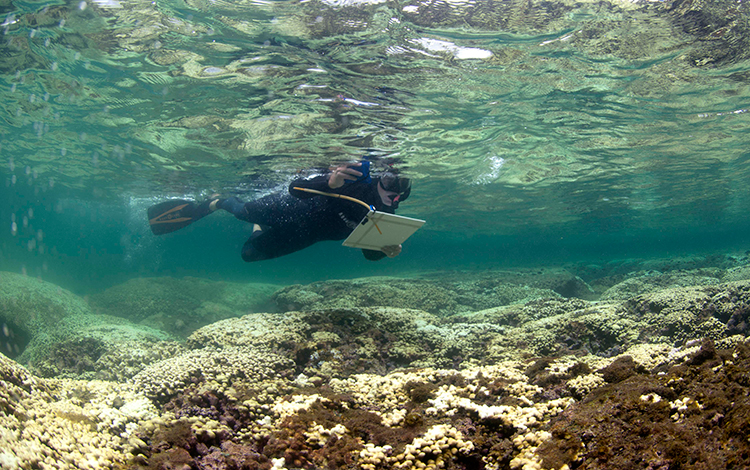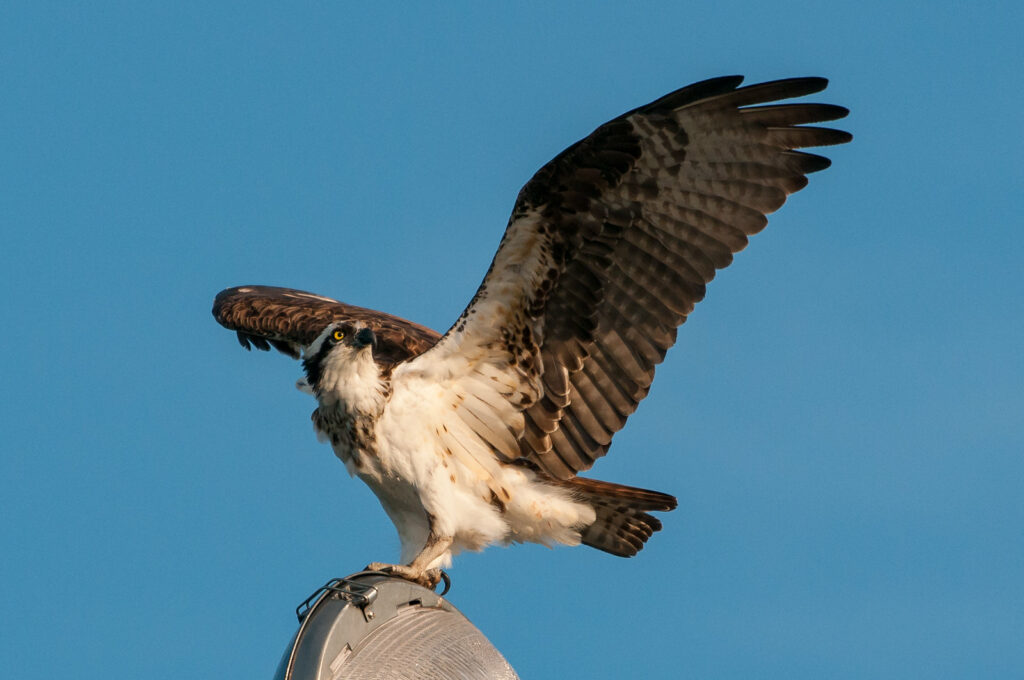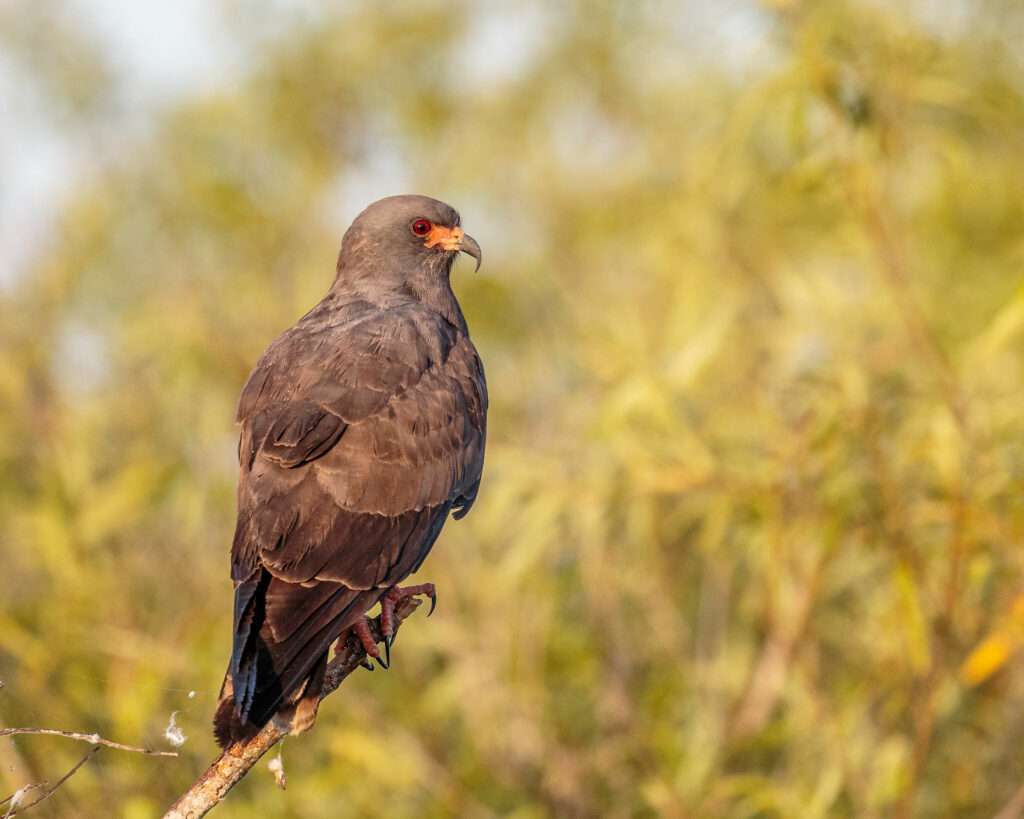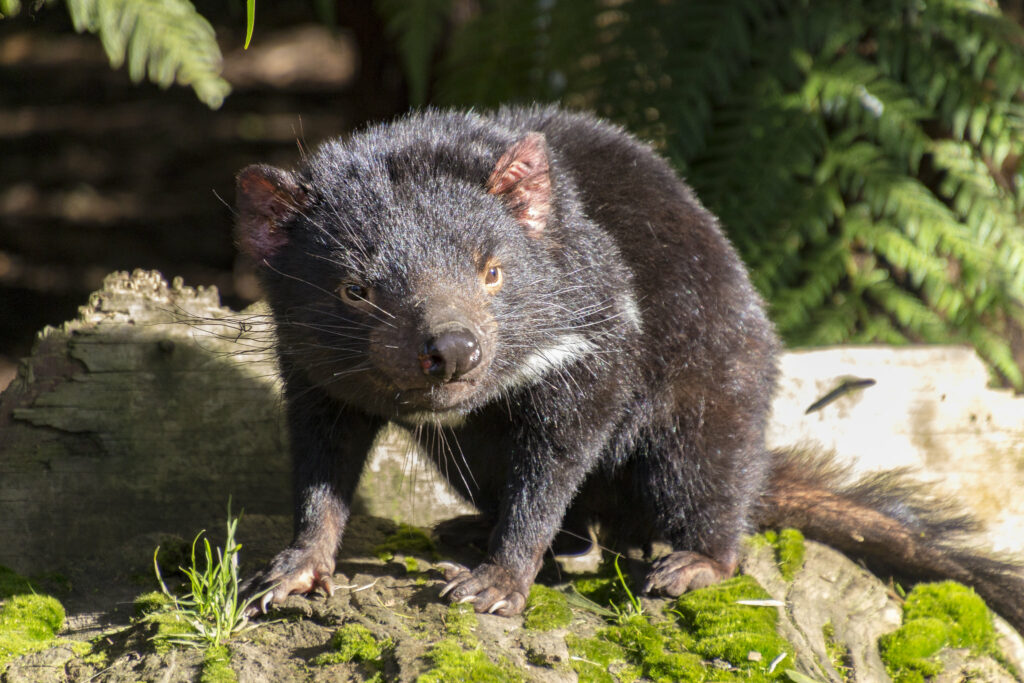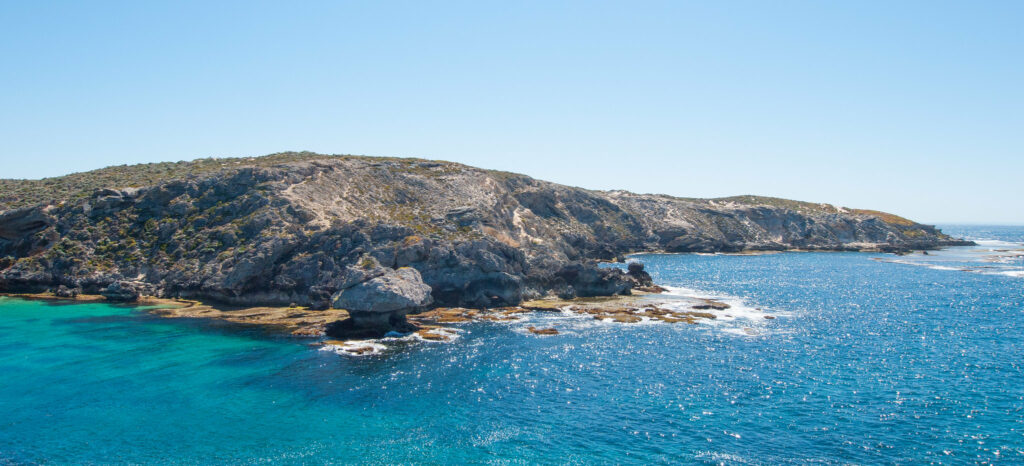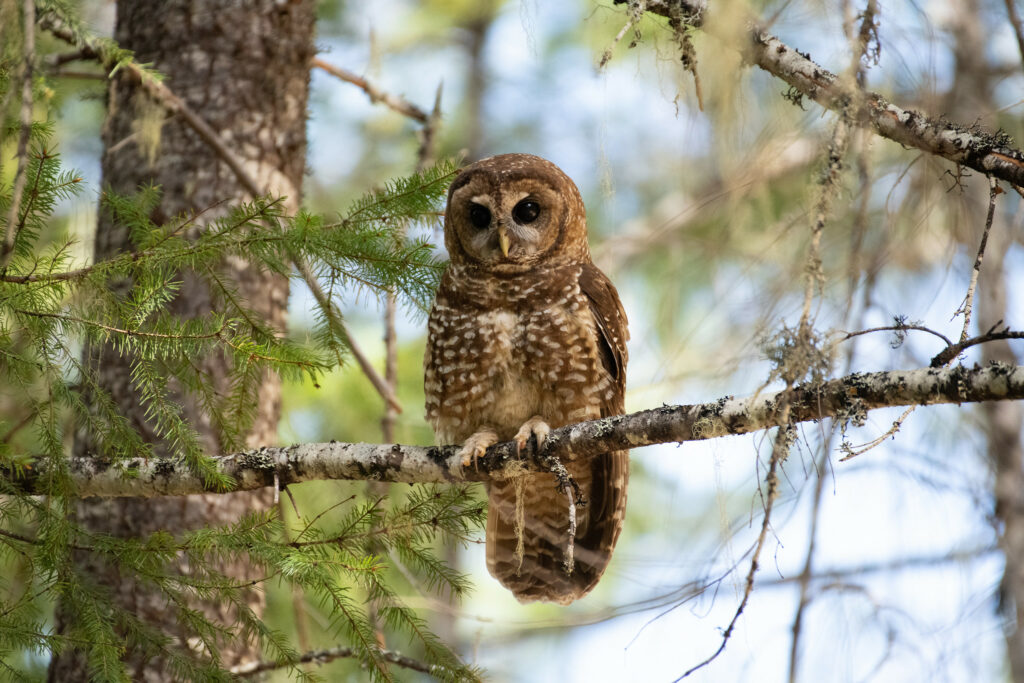Research
A new study indicates that megalodon, the extinct shark species, were warm-blooded. The researchers found that Otodus megalodon may have had a body temperature that was significantly higher than other sharks, more consistent with having a degree of internal heat production similar to that of modern warm blooded animals. The higher metabolic costs associated with this may have contributed to its vulnerability to extinction.
Climate crisis
Heat waves are occurring across North America, leaving millions without power and under heat and air quality alerts. Much of the south and southwest of the US are experiencing temperatures into the triple digits (Fahrenheit), with at least 13 deaths in Texas due to heat-related illnesses. A record-breaking heat dome is covering Mexico and Texas, with some states in Mexico seeing temperatures exceeding 113F. At least 112 heat-related deaths have been recorded in the country so far this year.
Conservation
Joshua trees are officially protected in California, after the passing of the Western Joshua Tree Conservation Act. This law bans the removal of Joshua trees without a permit, creates a fund to protect the species and mandates consultation on the rule’s implementation with Native American tribes. According to scientists, by 2100 just 0.02% of the tree’s habitat in Joshua Tree National Park will remain viable without mitigating climate change.
A new study has found that bats thrive in restored wetlands. Researchers from the University of Turku measured the impact of wetland restoration on bats. The Hydrology LIFE project has successfully restored more than 5,000 hectares of wetlands across more than 100 locations. The study, which is part of this project, showed that wetland restoration can significantly increase the activity of bats. By monitoring bat activity in 21 sites across Finland over four summers between 2018-2022, the researchers were able to attribute this notable increase in activity to the improved abundance of insects in these areas.
Natural England has designated a Cornish moorland as a nature conservation area. The 59 blocks of land in Penwrith Moors in Cornwall are now sites of specific scientific interest, a move aiming to preserve precious flora and fauna. There has been criticism from farmers, as this would mean further restrictions. Natural England decided this area, which covers around 3,000 hectares, should be designated an SSSI because it is an important habitat for rare birds, plants and insects.
A new funding partnership between Beaver Trust and the Ecological Restoration Fund will help to support the restoration of and co-existence with beavers across Britain. This £150,000 grant will be used to support two key areas of Beaver Trust’s work: releasing beavers into new sites and providing their team with the equipment and resources they need to carry out mitigation and trapping.
Extinction risk
Reef sharks are facing a heightened extinction risk. A new study has revealed that overfishing is pushing reef sharks towards extinction, with a global decline of 63% on average in five of the main shark species living on coral reefs. After studying 22,000 hours of footage from stations across 391 reefs in 67 nations and territories, the researchers found that grey reef, blacktip reef, white tip reef, nurse and Caribbean reef sharks are all in decline.
Rainforest loss accelerated last year compared to 2021, despite the pledge signed by 100 international leaders to end deforestation by 2030. Brazil led in rainforest loss, with a 15% increase over the prior year. The Democratic Republic of the Congo, the country with the second-most rainforest, also had major losses last year, much of which was agriculture related.
Brazilian authorities have announced the seizure of almost 29 tons of shark fins, coming from an estimated 10,000 blue and shortfin mako sharks. It is believed that the vessels used fishing gear specifically for targeted shark fishing, which is prohibited. Shortfin mako sharks were placed on the country’s endangered species list in May and blue sharks are under consideration for inclusion.
New discoveries
The Victorian grassland earless dragon has been rediscovered, having been thought to have been extinct in the wild since 1969. This species was once widespread in the native grasslands west of Melbourne but the population declined due to habitat loss and predation. Zoos Victoria had been actively searching for the dragon since 2017 and, now a surviving population has been found, are working to establish a plan to ensure the species’ survival.
African-painted dogs have been spotted in Uganda after four decades. The species had become extinct in Uganda in the 1980s but were spotted in the far northeast of the country. In 2020, the population of African-painted dogs was estimated at around 6,000 adults.

